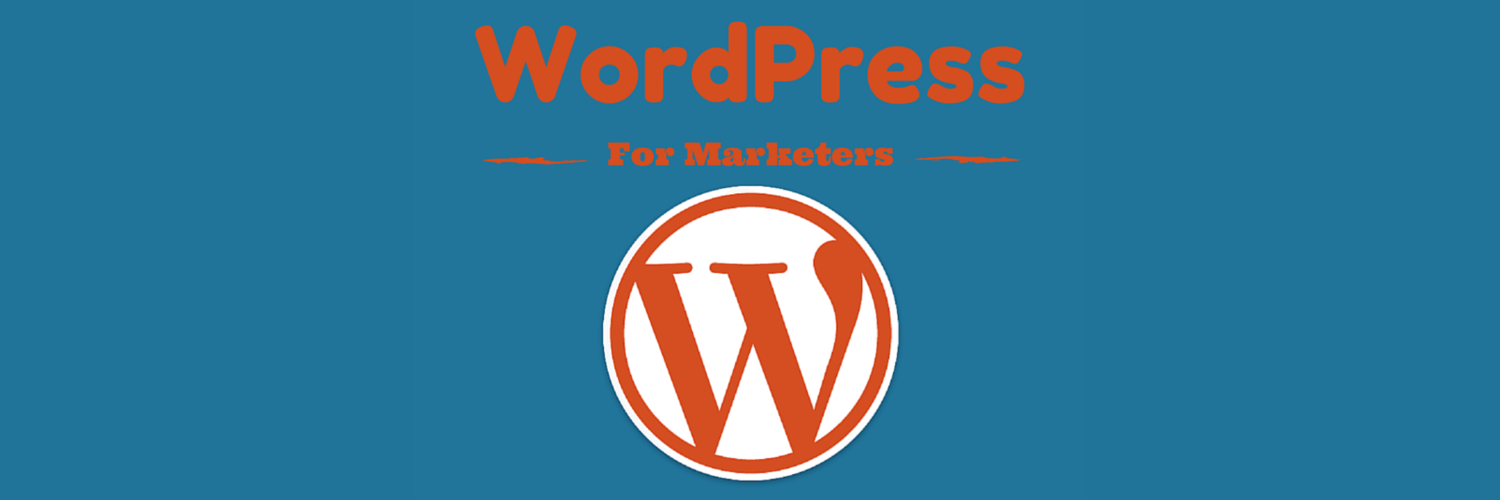 Two of the fundamental building blocks of any WordPress site are Pages and Posts. While the differences between the two may not be immediately apparent, knowing how and when to use each of these tools can help you get the most out of your site and save you time.
Two of the fundamental building blocks of any WordPress site are Pages and Posts. While the differences between the two may not be immediately apparent, knowing how and when to use each of these tools can help you get the most out of your site and save you time.
Pages
“Pages” are used for “static” content, meaning that the information they contain is considered timeless and rarely changes. Their purpose is to provide general information or utility to the reader. Pages are not listed by date but rather by a hierarchy that you decide. Pages can also be assigned parent pages which are reflected in their URL structure. Depending on your website’s theme you may have customized templates that extend the functionality of pages.

Pages should serve as the backbone of your site and are best used for information useful to all readers.
Posts
“Posts” are what most people think of when they think about a blogging format. They can be listed in an archive by date and can be sorted by categories or topic tags. Their content, while perhaps always applicable to the reader, is tied to the time they were published. As new posts are created, they replace the older posts on the archive pages. Additionally, posts can be delivered through RSS feeds to readers who would like to be updated when you’ve created new content.
Posts can also be considered the more social format type. Often, sites will have commenting fields available and the post’s author may also be visible. If you’d like your readers to have a discussion about a specific topic, the “Post” format is your best choice.
Custom Post Types
It is important to note that many themes will include more types of content delivery than simply “Pages” and “Posts”. This might come in the form of “Portfolios”, “News”, “Products”, or “Testimonials”. These are tools, called “Custom Post Types” and are developed within the theme, separate from what WordPress natively offers. They mimic the behavior of “Posts” and can be customized to best suit the needs of a particular website. If you want every one of your posts to have a specific functionality or appearance, “Custom Post Types” are a great way to do it. Generally, they will work very similarly to “Posts”, however, if you have any questions about their exact functionality it is best to reach out to the theme developer.





